Graffiti has been a part of the urban landscape for generations. Graffiti art in Pakistan has been around since many years, and it continues to evolve today. But what is graffiti, exactly?
Graffiti can be defined as any writing or drawings made on public surfaces without permission. The purpose of graffiti can range from political messages to simply expressing oneself through art. It is a way to make a statement of one’s political, social, and cultural beliefs. Graffiti can be found on city streets, in public spaces such as parks and plazas, or even on the walls of buildings.
All You Need to Know About Graffiti Art in Pakistan
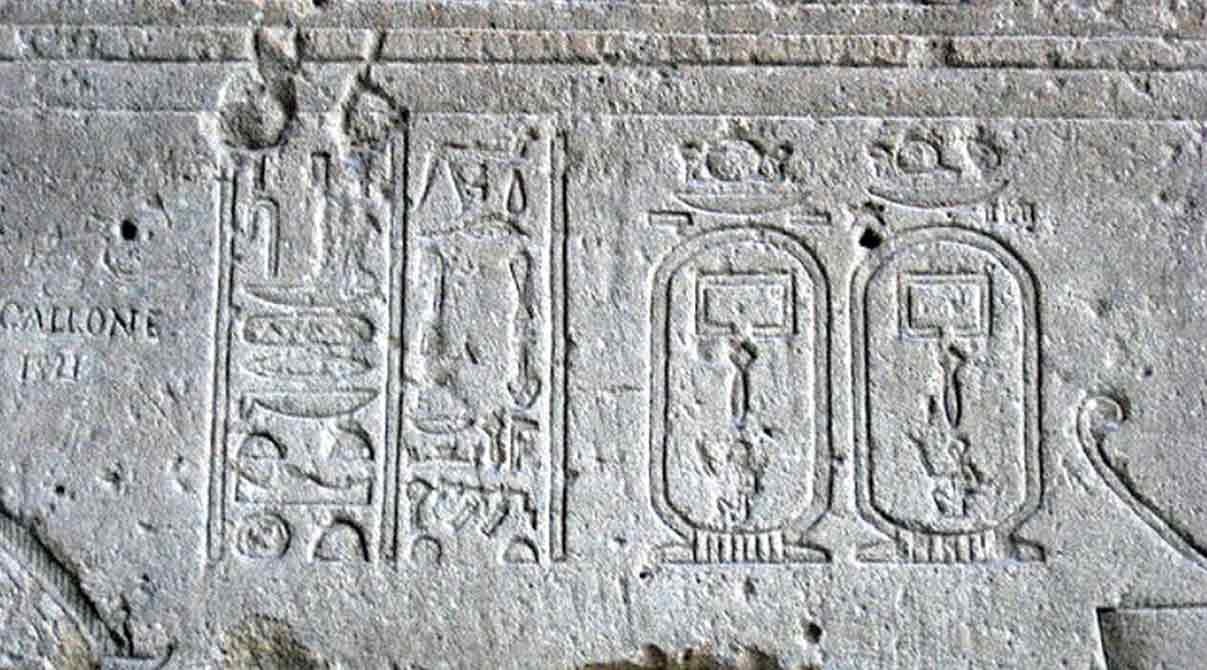
While some consider it to be vandalism, others believe it’s a legitimate form of free expression and communication. There are many different styles and techniques used in creating graffiti, including spray painting, stenciling, wheat pasting, and tagging. Graffiti artists often use bright colors and distinctive lettering to make their artwork stand out in the crowd.
This type of expression can vary from simple tags to elaborate murals featuring political messages, artwork, or statements about society. Graffiti has traditionally been used as a form of protest against government policies or corporate entities. But today it is becoming increasingly popular as an independent art form. Through graffiti artists are able to create unique pieces that reflect their own personal styles and tastes while still making a statement in the public sphere. No matter how you feel about graffiti, its effect on our culture is undeniable.
History of Graffiti

Ancient Times
Graffiti has been an important form of creative expression throughout history. From Ancient Greece to modern times, graffiti has been used as a tool for communication. It is a way to express emotions and opinions. Whether in the form of symbols, words, or artwork, graffiti has always had an impact on our society.
Its roots can be traced back to the cave drawings and hieroglyphics of early civilizations in Mesopotamia, Ancient Egypt, and the Roman Empire. In its earliest recorded forms, graffiti was found in Ancient Greece where it was carved into stone buildings and monuments. People wrote their names on walls and other public places as a way to gain recognition or political power.
During the Middle Ages, however, people began using it in more rebellious ways. These included writing obscenities on buildings to protest against nobility or church leaders. This trend continued through World War II when soldiers would write messages about home. They would also leave behind drawings depicting their experiences in combat zones. From these beginnings, graffiti has evolved into a form of expression found all around the world today.
Modern Era
The modern era of graffiti is an art movement that has been growing steadily since the early 1970s. It began as a way for those who felt that their voices weren’t being heard to express themselves and make their presence known in public spaces. Over the years, graffiti has become a powerful form of expression. It is used by people around the world to communicate messages, tell stories, and challenge society.
Graffiti has evolved from simple tags to elaborate murals. It has taken on various forms such as stencil graffiti, wheatpasting, sticker art, and street installations. Graffiti also now includes digital art forms such as projection mapping and 3-D painting. By combining traditional techniques with technology, artists have created stunning pieces of artwork that can be seen throughout cities worldwide. It appears on walls, buildings, and public spaces in cities around the globe. You can see it from New York City’s subway cars to Parisian alleyways to suburban neighborhoods in small towns, everywhere. While its content may vary widely, it continues to serve as an important avenue for self-expression no matter where it is found.
Street Art vs. Graffiti
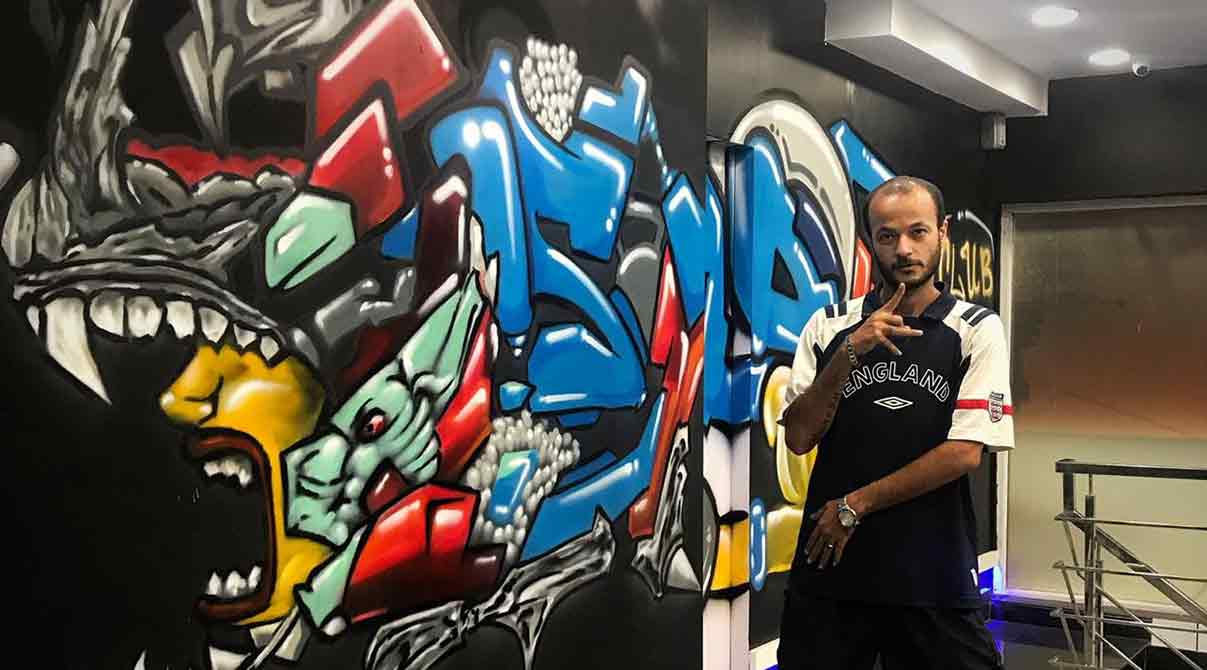
In recent years, the debate between street art and graffiti has become increasingly prevalent. Although they may be similar, the differences between them are quite noteworthy. Street art is often seen as a powerful form of creative expression that can be used to inspire positive change within urban environments. While graffiti is typically associated with vandalism and destruction of public spaces.
Street art is a form of visual expression that uses public spaces to display works of art. These often have a political or social motivation behind it. This can include murals, sculptures, stencils and even installations. On the other hand, graffiti is an illegal form of writing or drawings on public walls or surfaces without permission. Its aim is mainly self-expression rather than having an artistic purpose behind it.
The creation process between street art and graffiti also differs significantly due to their different intentions. Street artists usually plan ahead with sketches and ideas before executing their work in public spaces. Contrarily, graffiti writers tend to improvise as they go along when creating their pieces in unplanned locations.
Related: Is Artistic Freedom and Creativity Lacking in Pursuit of Creating Too Much Content?
In addition, street artists typically have permission from local authorities to paint on walls or other public structures. However, graffiti artists are usually motivated by self-expression rather than any official authorization.
Nevertheless, this line has become increasingly muddied due to the proliferation of guerrilla or illegal art projects in many cities. Street artists have taken their work beyond the walls of public spaces into galleries and private venues. This has caused a further blurring of these traditional distinctions. It’s no surprise that street art and graffiti have come together over recent years; creating a hybrid style that combines elements of both disciplines.
The Popularity of Graffiti Art in Pakistan
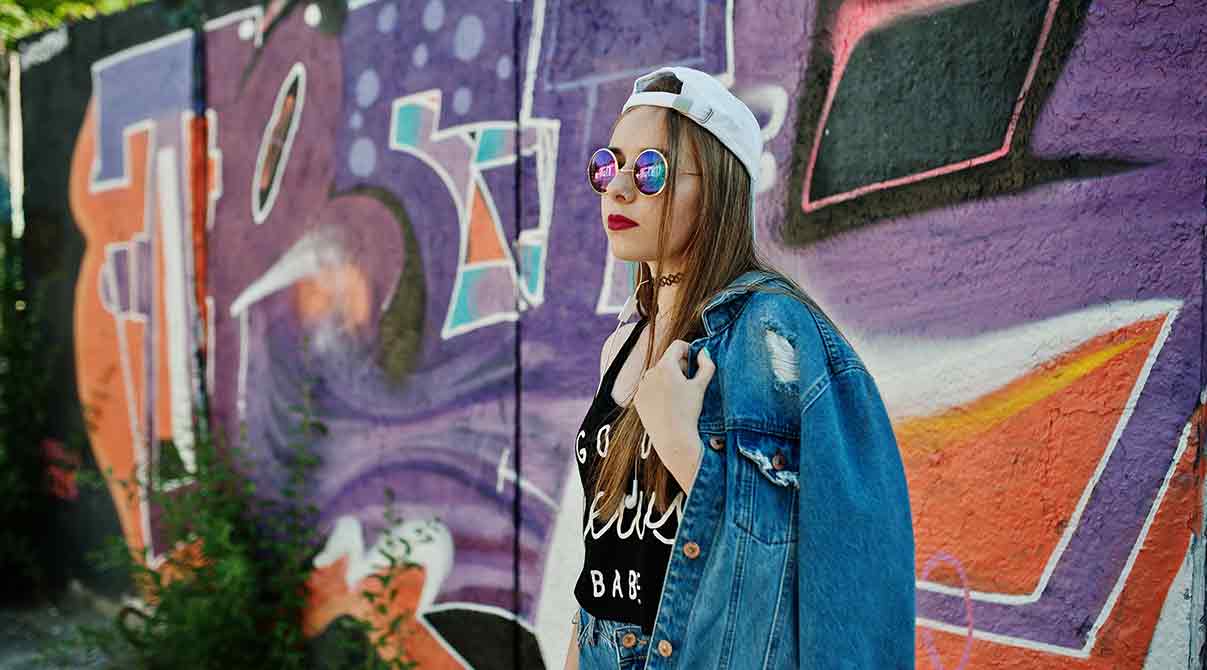
Graffiti art has become a popular form of street art in many cities, and Pakistan is no exception. This ancient form of expression began to take hold in the streets of Pakistani cities like Karachi and Lahore in the late 2000s. Artists have claimed their spot on walls, bridges and other urban spaces, bringing an unexpected vibrancy to dull concrete surfaces.
The graffiti scene in Pakistan often features complex murals that tell stories about issues facing the country’s people today. From political commentary to artistic renderings of everyday life, these pieces have been pushing boundaries since they first appeared on the scene. The artists behind them use bright colors and intricate designs to create a stunning display that gives voice to their creative vision.
Popular Graffiti Artists of Pakistan
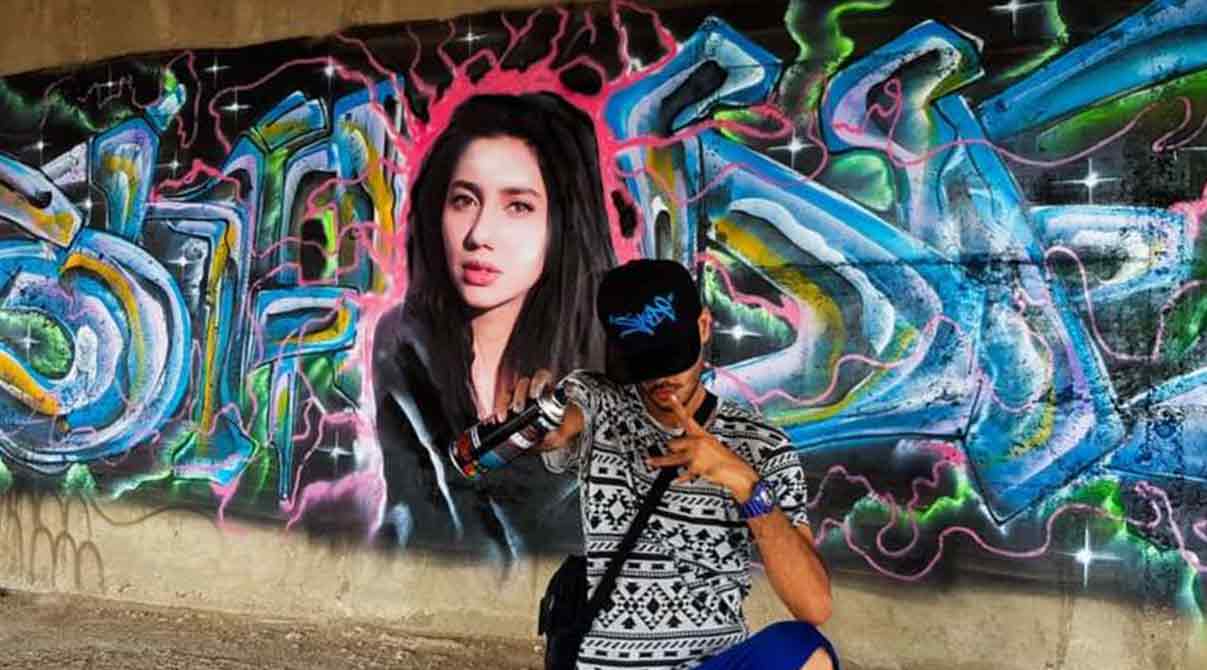
From bright, colorful murals to intricate lettering, Pakistani graffiti artists have been able to express their creativity and showcase their talents on walls all around the country. Some of the most popular graffiti or street artists are:
Abdullah Ahmed Khan aka Sanki King
Sanki King, also known as Abdullah Ahmed Khan, is an interdisciplinary artist who specializes in graffiti. He is also knowledgeable about and skilled in a variety of other creative forms, including hip-hop, rapping, beat-boxing, parkour, b-boying, DJing, and a lot more.
In July 2012, Sanki performed “live graffiti art” for the first time in Pakistan. That same month, he also introduced his Sticker Art Movement with graphics honouring Pakistan’s founding father, Muhammad Ali Jinnah. He was invited to serve as a judge for a national graffiti competition that took place in seven locations in December 2012. Love Karachi on a Bus and Flying Kiss, which he graffitied in front of the Pakistani Arts Council in 2013, are two of his most popular pieces.
Neil Uchong
Neil Uchong is a Karachi-based graffiti artist who uses the pseudonym Mr. Shade to remain anonymous while creating street art. He has been making graffiti for 20 years, beginning with simple shoe prints on walls from back-flipping off them. Since then he has honed his craft and combined it with other disciplines like parkour and b-boying to create arresting visuals. These have earned him attention both locally and internationally.
2007 was a pivotal year for artist Neil Uchong. He joined an international graffiti crew, using his skills and artwork to promote the power of street art. As part of the team, Uchong was invited to take part in events like Meeting of Styles in the US and Street Nights in the UAE. These events allowed him to showcase his work on an international stage, inspiring and motivating other artists.
Neil’s most famous artwork is the Mahira Khan mural which pays tribute to the Pakistani actress and icon. The vibrant colors and dynamic composition of this artwork have captivated all viewers. His work also featured in Baaji’s song Lucky Star Chowrangi’s. Moreover, many big restaurants like Big Thick Burgerz, D’alma, Pinch & Co, and many others display his art.
Mr Shade’s works often feature vivid colors which provide an interesting contrast against the dull walls of the city streets. His art focuses on expressing emotion in its most raw form. It allows viewers to gain insight into his philosophy and an understanding of social issues in Pakistan and abroad. Mr Shade continues to surprise audiences by pushing boundaries between visual arts, street culture, and movement, leaving behind artwork that pleases both aesthetically and intellectually.
Annie Ajaz
Annie Ajaz, Qurat-ul-Ain Ajaz, is a Pakistani artist who has achieved remarkable success in the world of graffiti art at the young age of 17. She is the first Pakistani female to gain recognition for her street art. By doing so, she has broken the conservative mould within Pakistani society.
Annie Ajaz, better known in the artistic community by her tag name “Mirch” is a well-known graffiti artist who has gained international recognition in the past several years. Her work has been showcased at four exhibitions, displaying her vibrant and creative style of art for all to see. Annie’s artwork consists of bold colors, intricate patterns and designs that bring life to any wall or canvas she paints. She has the ability to capture the beauty of life through her art.
Annie’s artwork debuted at the Annual Carnival of Karachi University in September 2014. She also showcased her talent at the Karachi Arts Council in December of the same year. The most impressive project of that year came from CBM University. There she contributed to their cleaning project by decorating walls with her unique style of art. Annie’s artwork was also displayed at BOTS in February 2015.
Her colorful artwork depicts scenes from Pakistan’s culture and highlights the beauty of its rural landscapes, providing an alternate narrative to what is usually seen in traditional media outlets. Her desire to challenge gender stereotypes through her art provides an inspirational example for young women within Pakistan and around the world who can be empowered to make their own voices heard.
Unique Graffiti Art in Pakistan
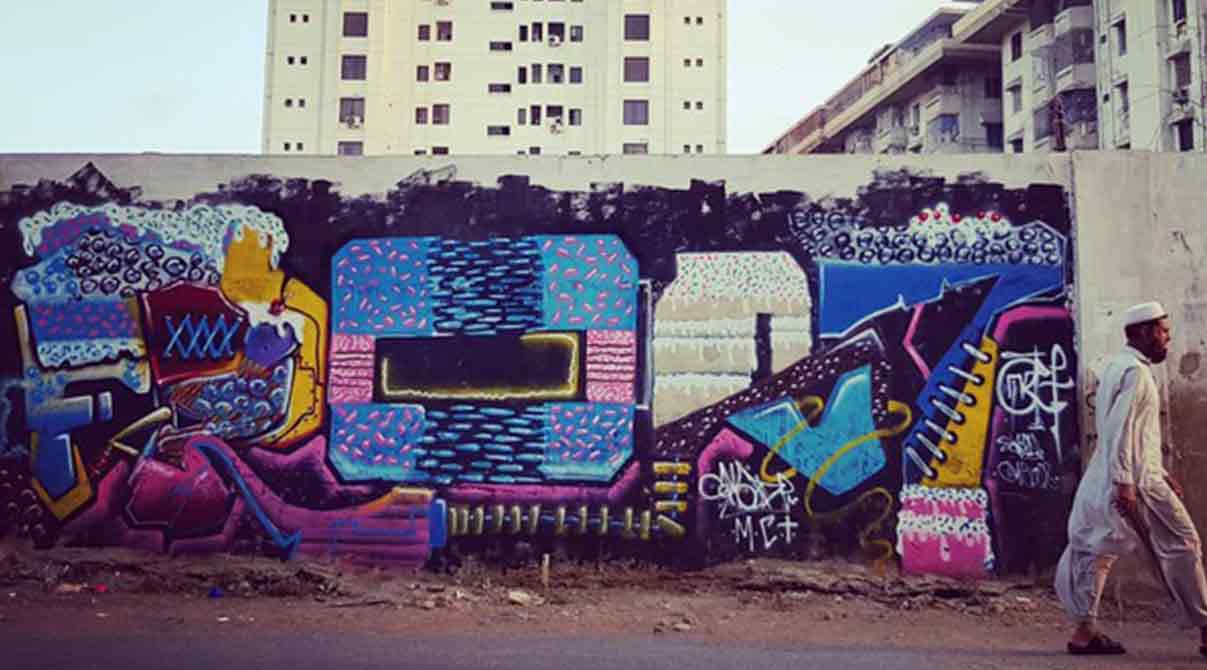
Pakistan has long been home to many unique and beautiful forms of art. Graffiti is no exception. For centuries, Pakistan’s graffiti artists have been creating eye-catching and meaningful works of art that tell stories about the culture and history of the country. From traditional Islamic themes to modern-day pop culture, these graffiti murals offer an insight into the country’s rich cultural heritage. Unique graffiti themes in Pakistan are reflective of the country’s rich cultural history and provide insight into its people’s lives.
Pakistan has been home to many different civilizations throughout its history, resulting in an incredibly diverse mix of cultures, religions, and languages. This diversity is reflected in the unique graffiti themes visible across Pakistan today. From traditional Mughal artwork to contemporary street art, Pakistani graffiti tells stories about identity, culture and politics as well as providing colorful visual intrigue for viewers.
Related: Pakistani Artist Paints Vibrant Truck Art in Sri Lanka
Local artists are often inspired by their surroundings and use their work to express strong emotions or opinions about current events. Many of these works feature bold statements written in Urdu or English while others take a more abstract approach with vibrant colors and intricate patterns that blur the line between art and reality.
Graffiti art in Pakistan often features intricate patterns, bold colors, and vivid imagery inspired by local folklore, mythology, and literature. Traditional motifs such as tigers, lions, peacocks, flowers and calligraphy are commonly seen on walls throughout the country. These designs can be found in small cities as well as large metropolitan areas like Karachi or Lahore.
Graffiti Art in Pakistan: An Alternative to Wall Chalking
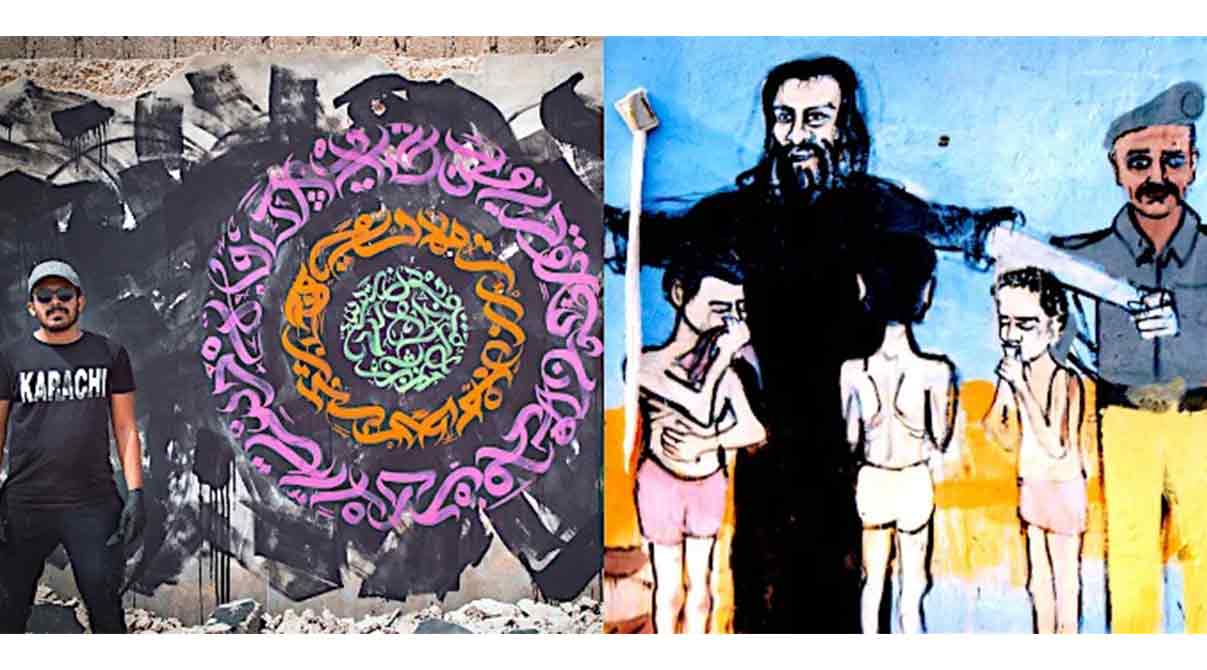
Graffiti is an art form that has been around for centuries. It can be found in many cities around the world, but its impact and presence in Pakistan has been especially remarkable. From walls of old and crumbling buildings to modern high-rises, graffiti is a vibrant and visible part of the urban landscape in many Pakistani cities.
The restriction of expressing items on walls against wall chalking was a measure (amendment) that the government put up in 2015. This bill made political graffiti of all kinds illegal throughout the nation. The failure of this bill to distinguish among political wall chalking and graffiti art was noted by several artists. Many thought that this went against the idea of free speech itself.
Street Art Pakistan
Moreover, an initiative called Street Art Pakistan was started. Its purpose is to end the impermissible practise of wall chalking and “Reform the Walls of Pakistan” by repainting them with uplifting themes that tell vivid tales of our nation. Street Art Pakistan, which began in 2010 as a contest, invited students from a range of institutions to portray the culture, traditions, and admirable qualities of Pakistan on the city walls of Lahore. Up until this point, 8 seasons of the Street Art Competition (SAC) in Pakistan’s 24 cities and 5 provinces have been successfully organised by Street Art Pakistan.
These challenges resulted in notable accomplishments for the Street Art team, such as the Largest Wall in the history of the country and the Largest Painting in the World’s history, in addition to 26,000 people painting 390,200 square feet of Pakistan with magnificent graffiti art. With the help of the Punjab Government and Master Paints, our team went above and above in their pursuit of the Guinness World Record for the Largest Painting by Numbers and succeeded in creating history.
Impact of Graffiti Art in Pakistan
The impact of graffiti in Pakistan cannot be understated as it has become a central element of Pakistani culture. Graffiti artists are able to express themselves freely on public walls without fear of persecution or censorship. This medium provides an outlet for Pakistani youth to express their views on politics, identity, gender roles, and other social issues without fear of retribution from authorities or societal norms. For this reason, graffiti can be seen as a powerful tool for political activism and expression within Pakistan’s urban centers.
The Bottom Line
Graffiti art in Pakistan has seen a remarkable growth over the past several years. Several initiatives have been taken to promote and encourage graffiti as an art form, recognizing its potential as a means of creative expression. Proponents of graffiti art argue that it can be used to create stunning visuals and also promote social change.
The benefits of graffiti art in Pakistan are numerous, ranging from stimulating public dialogue to beautifying urban spaces. Graffiti has the potential to inspire communities and help bring about positive cultural changes in society. It can be used to draw attention to important issues such as poverty, racism, gender equality and environmental concerns. Moreover, it can also help bridge gaps between different cultures by providing a platform for dialogue and understanding between people with diverse backgrounds.